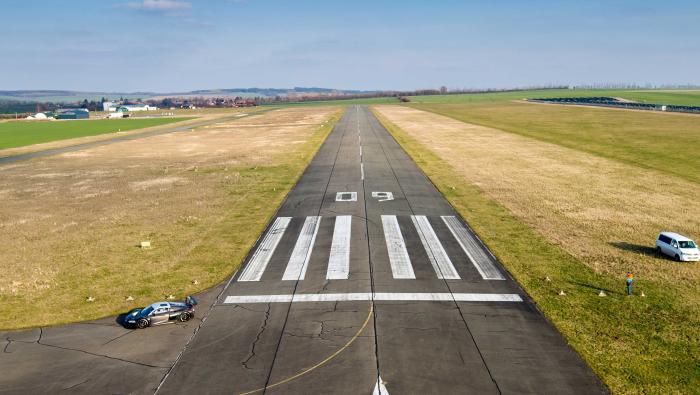KING AIR B-200, PIQUA, OHIO, AUG. 24, 2001–The chief pilot for the Hartzell Propeller Co. waited for a chartered King Air to shoot the approach into the Piqua Airport after the turboprop circled while waiting for fog to dissipate. As he heard the airplane on final approach, the Hartzell pilot heard the “terrible sound of impact” followed by silence. The King Air’s ATP-rated pilot died in the crash.
In an interview with the NTSB, the chief pilot for Hartzell said he saw “some fog” when he got up around 0430. He told investigators he remembered thinking if the airplane had not arrived the previous evening it was doubtful he’d get in that morning. He drove to the airport to get the company airplane ready to do the flight himself. The accident pilot called the Hartzell chief pilot to ask about the fog and, after looking outside, the chief pilot told him he could see the stars and the runway lights. The accident pilot said he’d fly to Piqua from the King Air’s home base in Dayton, and the chief pilot said he’d be at the Piqua airfield with a handheld radio.
Around 0620 the turboprop appeared overhead and the pilot turned the runway lights up to their brightest. He radioed the Hartzell pilot and told him he could see the beacon but not the runway lights. In return, the pilot on the ground said he could see the stars and the King Air when it was overhead. He estimated the ground visibility between a quarter and half a mile.
As dawn approached, the ground fog thickened and the two pilots agreed not to take any chances. The accident pilot circled until 0640 and then called to say it looked better. The chief pilot watched the King Air circle around for a downwind leg to Runway 26 at 1,500 ft, which was his last visual contact with the twin turboprop. After hearing the crash, the chief pilot set out for the accident scene, where he found the wreckage fully engulfed in flames.
The King Air hit 80-ft tall trees located about 2,000 ft from the end of the runway. The debris path ran less than 400 ft through tree trunks up to 15 in. in diameter.
Weather reports from Dayton, 19 mi southeast of the accident site, showed visibility of 1.75 mi in mist, clear skies and an identical temperature and dew point. Witnesses near the accident site told the NTSB of “thick fog” and “near zero” conditions.
The pilot held a first-class medical and at last application reported 7,000 hr TT. On an insurance form dated four days before the accident, the pilot reported 2,400 hr in King Air 200s, including 500 hr in the preceding 12 months.






